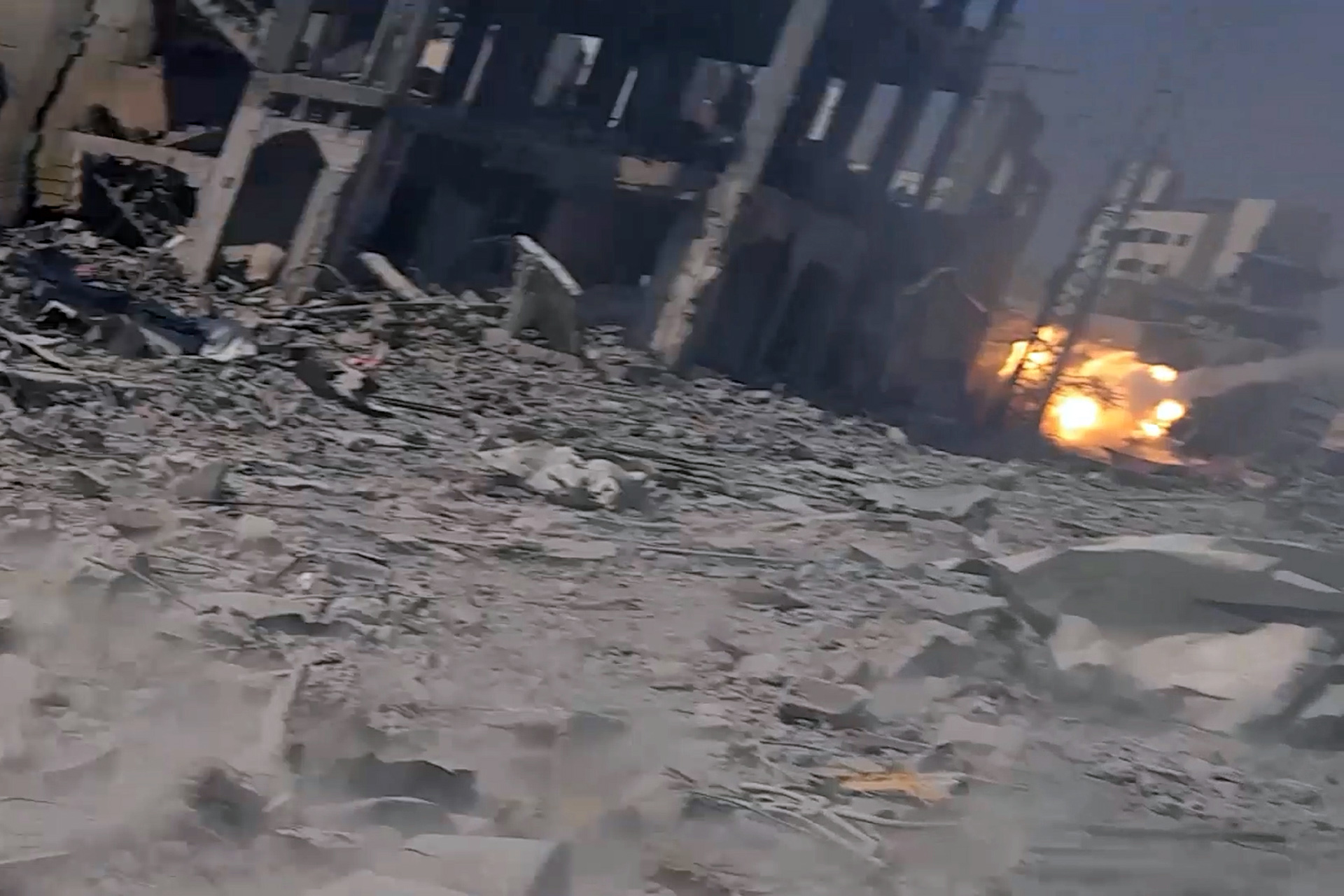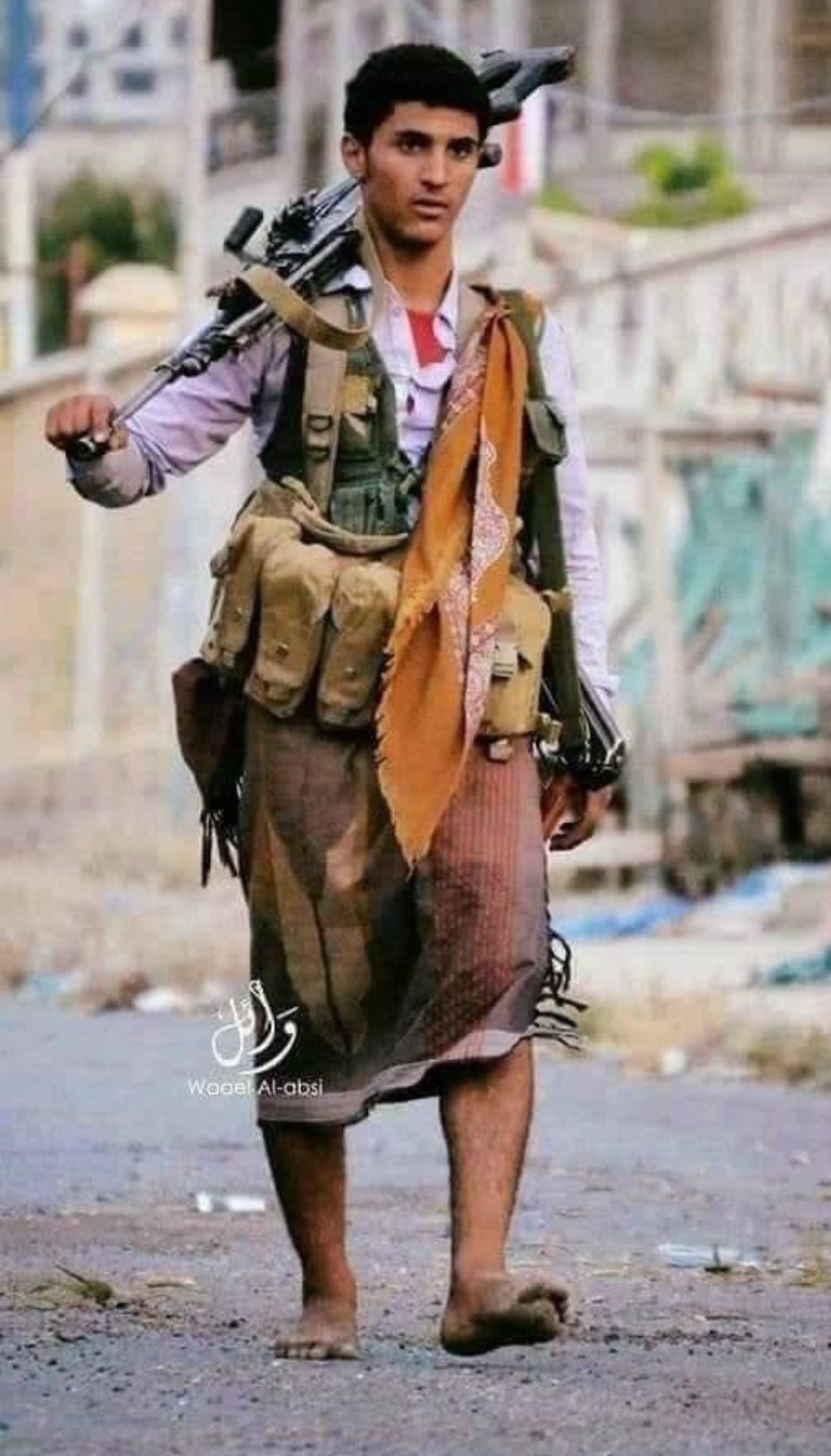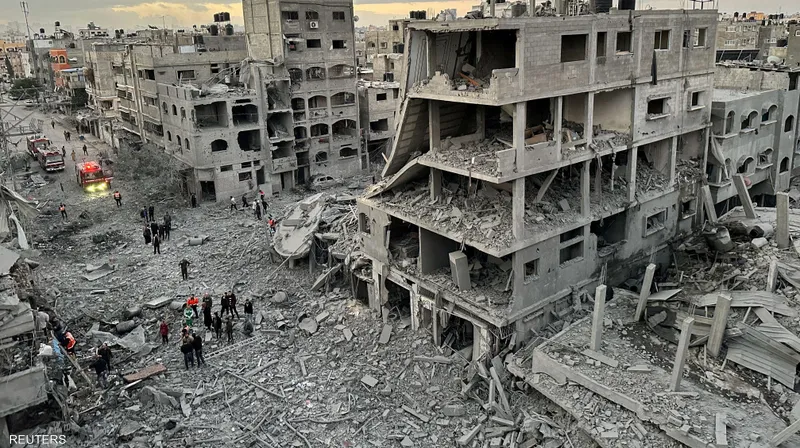
Military expert Brig-Gen Elias Hanna said that the resistance is obligated to “continue fighting in north Gaza Strip from zero distance and avoid a decisive battle,” describing what is happening as “a matter of life or death” for the Palestinian resistance factions.
Hanna spoke to Al Jazeera on the sidelines of the escalation of fighting between the resistance factions and the Israeli occupation army in the Jabalia camp.
Hanna believes that the fighting in the northern Gaza Strip has become a matter of life or death, expressing his conviction that the goal is “not to lose the area and to enter into a battle of attrition with the occupation.”
He said that the resistance is benefiting from the occupation’s unexploded remnants, as it reuses them within the system of detonating explosive devices, anti-tank shells and sniper operations.
From his point of view, the occupation’s use of the another military division, in addition to the Givati Infantry Brigade, reflects “the size, importance and difficulty of the target in Jabalia,” which he said is a major center of gravity for the resistance, the environment that supports it and the safe haven for fighters.
The Qassam Brigades, the Hamas military wing, broadcast, Sunday, scenes of its fighters targeting Israeli military vehicles with explosive devices and anti-tank shells, and fierce clashes with Israeli special forces at short distances.
The military expert believes that the occupation’s entry into Jabalia represents “a new form but with an old content,” referring to the possibility of opening the door to settlement in the area if the residents of north Gaza Strip are displaced and completely destroyed.
He said he is convinced the Israeli army is racing with time to execute its plan in Jabalia with the countdown of the US presidential elections.
The occupation army destroyed many landmarks and buildings in the Jabalia camp, by booby-trapping and blowing up some tall buildings, and destroying others with air strikes.
The Israeli army imposed its siege on Jabalia, and tried to prevent residents from fleeing to the neighboring Gaza City, and ordered them to flee only to the southern Gaza Strip, while the Ministry of Interior in Gaza warned its citizens against responding to the occupation army’s calls to “evacuate their homes.”
Developments in Lebanon
On the northern front, Hanna said that the most important movements of the Israeli army on the Lebanese border are represented by the 210th Division towards the Shebaa Farms in an attempt to separate the Bekaa from the south of the Litani River.
The 210th Israeli military division recently joined four other divisions participating in the ground incursion operations in southern Lebanon, namely the 98th, 91st, 36th and 146th.
Hanna, a retired brigadier-general from the Lebanese army, explained that the Israeli army wants to surround Aita al-Shaab to isolate it, expressing his surprise about the calm of the Maroun al-Ras, Aitaroun and Yaroun axis despite its importance.
The military expert concluded that Israel wants to control the high points inside Lebanese territory, which overlook the Israeli interior and directly strike its settlements.
He added that Israel “wants to occupy these areas, destroy them and displace their residents without drowning in a war of attrition”, with the aim of “imposing a new reality on Hezbollah.”







